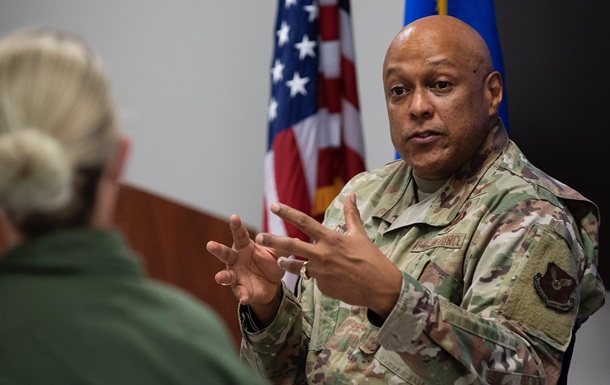The Urgent Need for Modernizing the U.S. Nuclear Triad Against Growing Threats
The Pentagon’s recent appeal to American lawmakers to speed up the modernization of the nuclear triad highlights an escalating concern over global security. The evolving military capabilities of nations like China and Russia have prompted this call, underscoring the importance of adapting our national defense strategies to meet new challenges.
Understanding the Nuclear Triad
So, what exactly is the nuclear triad? It consists of three main components: strategic bombers, intercontinental ballistic missiles (ICBMs), and nuclear-powered submarines. Think of it as a three-legged stool that supports U.S. national security. If one leg is weak, the entire structure is at risk. This triad is crucial for maintaining credible deterrence against potential threats, as it allows the U.S. to respond effectively to any military aggression.
The Voice of Authority: General Anthony Cotton
General Anthony Cotton, the Commander of the U.S. Strategic Command, recently spoke before the Senate Armed Services Committee, emphasizing the critical nature of the current threats. During his testimony, he painted a picture of a multifaceted threat landscape where both Russia and China are ramping up their military investments. “The forces under my command are prepared to deter our adversaries and respond decisively should deterrence fail,” Cotton asserted, reaffirming the need for the U.S. to bolster its defenses.
The Threat Landscape
Cotton didn’t mince words when he discussed the military advancements made by adversaries. For instance, did you know that projections suggest that China could possess around 1,000 nuclear warheads by the end of the decade? This statistic is a stark reminder of why modernizing U.S. capabilities is an urgent priority. Furthermore, Cotton expressed concerns about advancements in Russia’s strategic forces, with President Putin claiming that 95% of these forces are being modernized. If true, this represents a significant challenge to U.S. security interests.
- China’s ICBMs: Rapid improvements in intercontinental ballistic missile technology.
- North Korea’s Developments: Unpredictable missile tests and potential nuclear advancements.
- Iran’s Ambitions: Growing capabilities raise questions about regional stability and security.
The Importance of Legislative Action
In light of these developments, it’s clear that legislative action to accelerate the modernization of the nuclear triad is not just a matter of policy; it’s a necessity. The potential for military miscalculation increases with the sophistication of adversaries’ capabilities. The question we must ask ourselves is: Are we equipped to deter threats in this rapidly changing landscape?
By investing in the nuclear triad, the U.S. not only enhances its deterrence capabilities but also sends a strong message to adversaries that it remains committed to defending its interests and those of its allies. This modernization effort is crucial; without it, the risk of diminished U.S. influence and security grows.
Conclusion: The Path Forward
As we navigate these tumultuous waters, it’s vital to remain proactive rather than reactive. Modernizing the nuclear triad equips the United States for an increasingly complex strategic environment, where threats are diverse and interconnected. By staying ahead of potential adversaries, we can safeguard our national interests while contributing to global stability. After all, the security of tomorrow depends on the decisions we make today.





